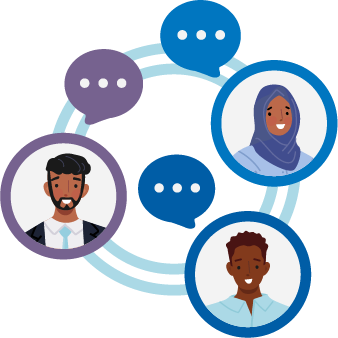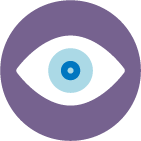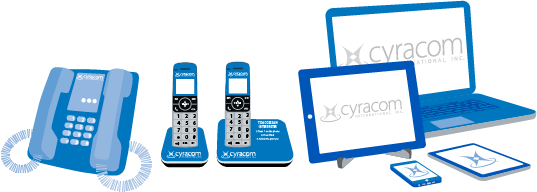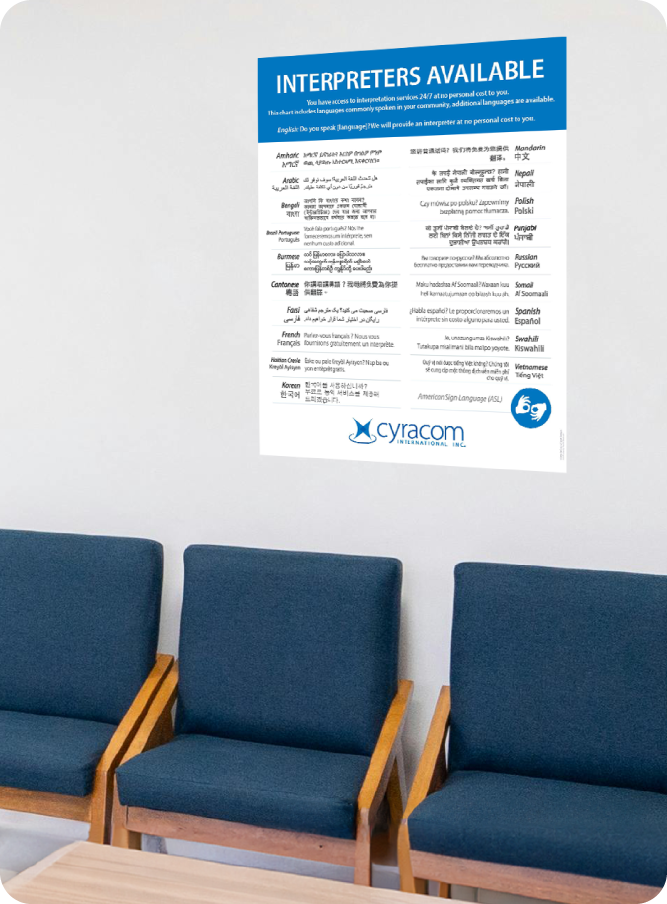 Staff adoption can make or break your organization’s successful language services implementation. While your leadership team understands the importance of interpretation and translation, you may need extra support to get your staff on board, especially if there are new processes and technology to learn. Here are a few tips to improve staff adoption to make implementation easier:
Staff adoption can make or break your organization’s successful language services implementation. While your leadership team understands the importance of interpretation and translation, you may need extra support to get your staff on board, especially if there are new processes and technology to learn. Here are a few tips to improve staff adoption to make implementation easier:
1. Choose an experienced language services provider (LSP)
While some language services “solutions” arrive in a box, CyraCom’s GoLive implementation team helps our new clients set everything up for success. Beyond basic setup, our experience working with many health systems and other organizations helps us implement best practices and create efficiencies. We don’t force you to figure out setup, training, and rollout unaided.
Our guided implementation incorporates three simple steps to ensure a smooth transition for your staff adoption:
- Consultation and planning: Two weeks before implementation, we determine your needs and identify areas for improvement. We then create a detailed project plan based on information gathered from all departments involved.
- Facility assessment and rollout: Our team evaluates interpretation needs throughout all facilities and identifies the best areas for equipment. Once set up, we help you conduct staff training and distribute service access instructions and support materials.
- Ongoing support: We keep in touch with your team to track successes and areas for improvement. Our team can also provide ongoing training as needed, helping your team members understand how to connect efficiently with interpreters.

2. Use a people-driven approach to change
Successful staff adoption requires buy-in from your team. Preparing your staff for change and prioritizing the team during implementation will be crucial.
As we learned with one of our clients, LifeBridge Health, encouraging feedback and shared perspectives from multiple departments helps your staff feel involved and represented during the decision-making process. LifeBridge Health used “5 Phases of Change” to improve their staff adoption:
 Phase 1: Awareness
Phase 1: Awareness
Announce that change is coming and explain the reasons for the change in language services.
 Phase 2: Desire
Phase 2: Desire
Create excitement about the change by explaining benefits and answering the ultimate staff adoption question: “What’s in it for me?”
 Phase 3: Knowledge and Ability
Phase 3: Knowledge and Ability
Include frontline staff in the implementation process, giving them the knowledge and tools to reach a consensus on how accessing language services will work within your organization. Train all staff on the new process workflow.
 Phase 4: Reinforcement
Phase 4: Reinforcement
Create thorough, monitored processes for staff, including opportunities to escalate technical issues or provide suggestions to modify processes as needed.
 Phase 5: Instinct
Phase 5: Instinct
Following implementation and the initial process reinforcement, staff should instinctually know how to access interpretation services.
3. Provide helpful resources and ongoing support
Train your staff
No matter how your team accesses interpreters—by phone, app, web portal, or teleconference platform—your staff needs comprehensive training to get started. Answer these questions to prepare a comprehensive training process: How will you train?
How will you train?
- Will you train in person or use eLearning courses to train your staff? Think about the materials you’ll need to accomplish each type of training:
- In-person: Will you need a presentation, hand-outs, or other resources?
- eLearning: Will your eLearning modules include videos, subtitles, captions, or voiceover?
- How will you make your training course accessible to employees who need accommodations?
- Convert written materials into plain language to accommodate employees with lower reading levels
- Translate written materials for staff members who learn best in another language
- Provide captions for employees who are Deaf or hard of hearing
- Structure digital content with e-readers in mind for staff members who are blind
- Create large print written materials for team members with dyslexia or limited vision
- Will you train in person or use eLearning courses to train your staff? Think about the materials you’ll need to accomplish each type of training:
- What topics should your training cover?
- Your staff needs to know how to provide interpretation services for their LEP patients. Training should cover the details of your organization’s language access plan, including:
-
- Step-by-step instructions to access interpreters:
 Audio
Audio- Video
- Telehealth
- On-site
- Which mode of interpretation to use for various scenarios such as:
- Emergencies
 Scheduled procedures/surgeries
Scheduled procedures/surgeries- Routine interactions
- Nurse rotations
- Intake/discharge
- Serious diagnoses
- When to utilize bilingual staff interpreters or LSP interpreters (if applicable)
- How staff can capture data regarding patients’ language needs and preferred languages
- What type of translated information is available and where it can be found
- Step-by-step instructions to access interpreters:
-
- Beyond teaching your team how to reach an interpreter, emphasize why it’s so important to use interpretation for calls with customers or patients who speak other languages. For example, many hospitals and healthcare facilities must use language services to comply with federal regulations and maintain accreditations for the Joint Commission or DNV. Explaining why it’s crucial to use language services for every LEP patient interaction can help you increase compliance, improve health equity, boost your CMS Quality Star Rating, and avoid medical malpractice.
- Your staff needs to know how to provide interpretation services for their LEP patients. Training should cover the details of your organization’s language access plan, including:
- How often will you provide ongoing training?
 In addition to your initial implementation training, make sure language access is included in training programs for new hires and refresher courses. For example, CyraCom client Emory Healthcare provides staff training at all locations every six months to remind their team how to access interpreters, including their on-staff interpretation team.
In addition to your initial implementation training, make sure language access is included in training programs for new hires and refresher courses. For example, CyraCom client Emory Healthcare provides staff training at all locations every six months to remind their team how to access interpreters, including their on-staff interpretation team.
Make accessing an interpreter as easy as possible
The fewer steps staff need to take to connect with an interpreter, the more likely they’ll be to use interpretation services. Here are a few ways to speed up the process:
- Single sign-on authentication: Allow your staff to securely log in using their existing organization credentials (the username and password they use for signing in elsewhere) instead of needing to remember multiple PINs, account numbers, or login information.
- Unique toll-free numbers: Make it easier for your patients and customers to call your staff with an interpreter already on the line.
- Interactive voice response: Adding an automated greeting in other languages to your telephone line (i.e., Press/Say 2 for Spanish) helps your LEP clients communicate their need for interpretation when they contact your staff.
- Schedule an interpreter in advance: For less common languages or appointments arranged at least 24 hours in advance, your team can submit a request for an interpreter to join your call or meeting.

Easy-to-find how-tos and other instructions
Have access to information in an easy-to-find place so your staff knows what to do and who to contact for more information. For example, CyraCom has editable PDFs that you can download and upload to your intranet so staff can easily search and find the information they need. Make sure your team knows who your point of contact is for additional language services questions.
 You may also provide your staff with contact information for your LSP’s client services so they can get help when needed. For example, CyraCom’s Client Support Page supplies our clients with regularly updated language lists, tutorials, instructions, and answers to FAQs all in one place.
You may also provide your staff with contact information for your LSP’s client services so they can get help when needed. For example, CyraCom’s Client Support Page supplies our clients with regularly updated language lists, tutorials, instructions, and answers to FAQs all in one place.
Customizable support materials
Tools such as phone access cards and stickers, language identification charts, and posters can help your staff ensure customers or patients who speak languages other than English can access interpretation services.
Staff member badges: Many CyraCom clients provide their team with badge cards that include the phone number to dial, account number, PIN, and reminder instructions to access an interpreter by phone. CyraCom creates and ships these customized badges to our clients during implementation and on an as-needed basis.
 If you’re worried about the hassle of swapping language service providers, CyraCom can help.
If you’re worried about the hassle of swapping language service providers, CyraCom can help.
Contact us today to learn more about CyraCom’s high-quality language services provided by our helpful, award-winning client support team.








